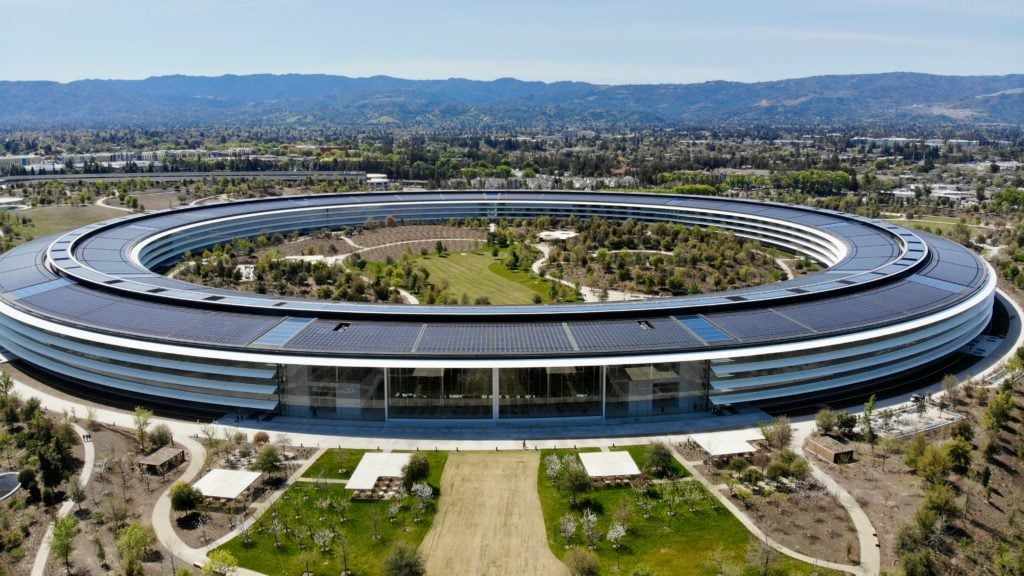TestFlightApp.com was a platform that developers of Android and iOS mobile apps used to test their products before releasing them to the general public. Describing its service, the owners of the platform boasted, “Fortune 500 companies, investors, top publishers, independents, students... from experts to beginners, they’re all here.” They continue, “Most of the world’s developers rely on the TestFlight platform for beta testing, crash reporting, and analytics” (Source).
After its initial launch, the service changed hands once before it ended up being owned by the American multinational technology company, Apple Inc. As soon as the acquisition deal was completed, Apple canceled the Android version of the service, to the chagrin of some. A year later, Apple announced that the standalone TestFlightApp.com would no longer be available.
What did Apple eventually do with TestFlightApp.com? We find out by following the history of the service.
The History of TestFlightApp.com
Benjamin Satterfield and Trystan Kosmynka founded TestFlightApp.com in 2010 (Source).
In a description of the service, on the tech news website Crunchbase.com, the owners of TestFlight say that the service resulted from “a labor of love by a team of web developers, app developers, designers, project managers, and testers that wanted a better way to distribute and test beta apps” (Source).
Therefore, TestFlightApp.com positioned itself as this “better way,” which the company claims “couldn’t be found” earlier (Source).
On its website, the service described itself as “The Black Box of beta Testing,” referring to its distribution platform as “simple, painless, and magical” (Source). (The idea of a black box denotes a system that produces results without the need for people using it to understand how it works).
A “Quiet Deal”
In March 2012, Burstly acquired TestFlightApp.com. Describing the acquisition, a writer for the news website Pando.com, narrates a situation where he reached out to the executives at TestFlight with a funding proposal. The writer, MG Siegler, says that the answer was simple: “[We are not] interested in talking about funding” (Source).
Sigler says that he found the lack of interest weird as he expected at least to get a meeting. Soon, he discovered that Burstly had already started the process of acquiring TestFlight. So, “they had good reason to turn me down flat,” he says (Source).
For Burstly, the decision to purchase TestFlightApp.com seems entirely rational. Burstly was already a well-established in-app ad management platform and had other services that helped developers commercialize their apps (Source).
TestFlightApp.com, on the other hand, was already the preferred beta testing platform for many app developers. At the time of the acquisition, sources indicated that TestFlightApp.com was hosting around 130,000 apps and serving approximately 70,000 developers. It also had around 280,000 testers. The deal created a funnel arrangement where a service for testing (TestFlightApp) sent customers to service for monetization (Burstly).
The acquisition was shrouded in secrecy. Reports indicate that the two companies had already been engaging in talks by the time the news came out and were keen on finally signing a deal.
Launching TestFlight Live

The acquisition by Burstly provided resources for TestFlightApp to launch TestFlight Live. This tool allowed app developers to gain access to monetization and engagement data from real app users. This was previously only accessible to a few successful app developers (Source).
By adding the free TestFlight Live to the platform, the company could now offer developers a full suite of products: beta testing, analytics, and monetization. Even though speculation was that the company would later introduce other products, which it would ask users to pay for, the company’s CEO, Evan Rifkin, informed users that the premium products would also be free (Source).
Apple Acquires Burstly

In February 2014, Apple announced that it had acquired Burstly. It was unclear what the tech giant wanted to do with the company. Apple already had other tools to help developers refine their apps before releasing them for sale on the Appstore. Casey Newton, writing for TheVerge.com, a website that focuses on news of how technology is changing life, speculates: “Having TestFlight in the fold could give Apple another tool to help its developers give their apps a final polish before going on sale” (Source).
A reader commenting on the acquisition suggests that Apple needed TestFlight. The reader comments, “TestFlight is so much better a thing than Apple would ever have done on their own” (Source).
When reached for comment by TechCrunch, Kristin Huguet, an Apple spokesperson, indicated that the move wasn’t unusual. “Apple buys smaller technology companies from time to time, and we generally do not discuss our purpose or plans,” she said.
Not Amused
One of the first significant changes undertaken by Apple, and perhaps an unsurprising one, was to kill Android support. The move did not amuse some developers who relied on the platform.
One developer comments: “We used to use TestFlight until Apple bought it and removed Android support, thanks to Apple!” Another says, “After acquiring TestFlight in February 2014 and ceasing the Android testing, they want us now to transfer our projects to iTunes Connect. Oh, really?” (Source).
What Then Happened to TestFlightApp.com?
In January 2015, Apple sent email to developers, using the TestFlightApp.com platform, informing them that they had one month to wind up and move to a new version of the beta testing platform. The original, standalone, TestFlightApp.com would not be available beyond February 26, 2015.
In February 2015, TestFlightApp.com began to redirecting users before the link stopped working altogether later in the same year.



